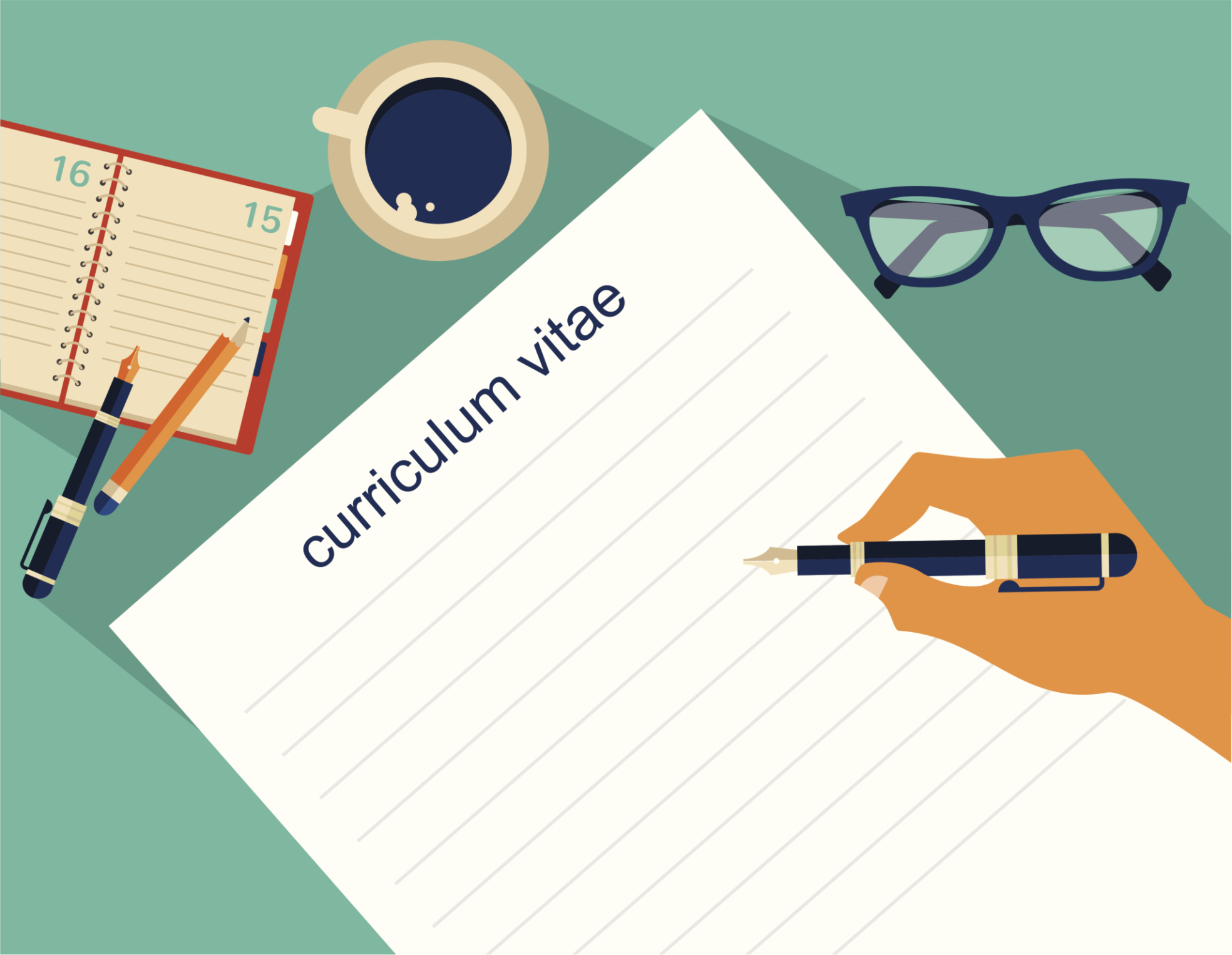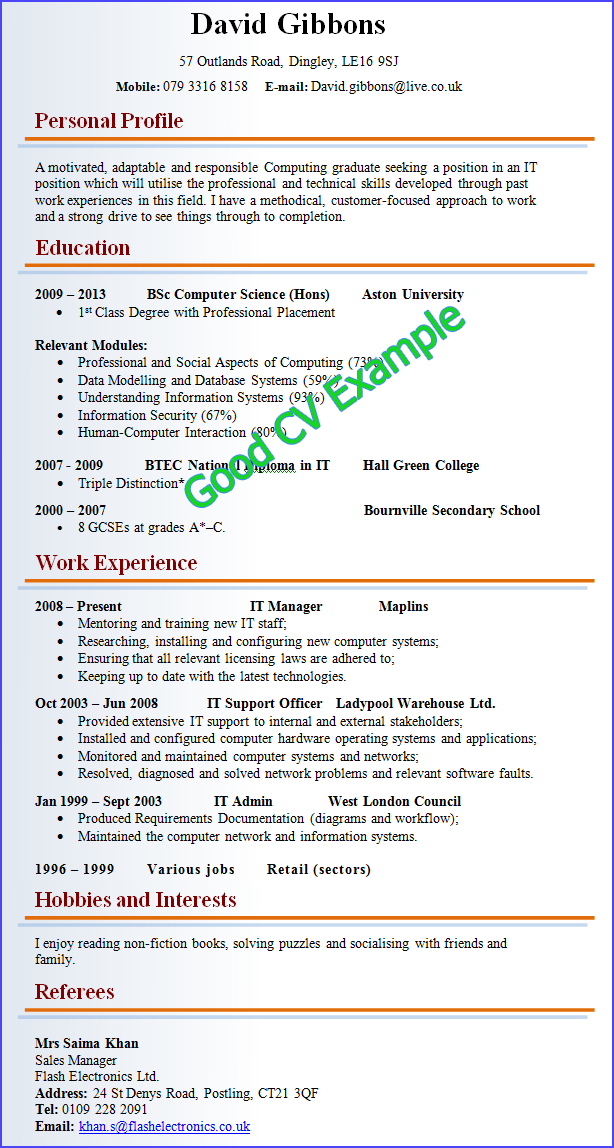Do you know how long on average an employer takes to look at your CV?  Just 8.8 seconds! Before the employer looks at your CV, they already know what to look for:
Just 8.8 seconds! Before the employer looks at your CV, they already know what to look for:
- Do you have the right qualifications and experience?
- Do you have the required skills and qualities?
With such a tight time frame to impress, it’s vital that your CV stands out like a sore thumb before it gets thrown aside.
As part of my Science & Employability module at Bangor Univesity, I attended a lecture from Clare Brass outlining everything to include in CV’s.
Layout

This is the first thing an employer will notice but it can vary depending on what career path you go down.
A graphic designer for example will have a CV very pleasing on the eye with colours and shapes. A scientist on the other hand will be more text heavy with evidence of their academic and previous employment.
However, nobody wants to read paragraphs of jargon. It’s important to keep paragraphs minimal and keep things sectioned.
Contents
It’s essential to include the following in your CV:
Personal Details- A brief description of yourself and your qualities.
Education & qualifications- Education, from secondary school, including how many A-C’s achieved. Can also include some modules studied at university.
Previous employment- Include name of establishment, years worked, job title followed by a brief description of roles involves.
Additional information- Any achievements, awards, interests, sports involvement, driving licence and volunteering can all be included in this section.
Referees- Provide the names of any references you wish to include along with the number and e-mail address.

Types of CV
There are different types of CV, most notably skills-based and an academic CV.
Skills-based– Enables people without relevant experience to communicate the skills they possess. Work experience should be included along with skills which coincide with those required for the field of work.
Academic- Contains more detail and academic achievements. Can include publications, attendance records, funding rewards, research experience and interests.
My Thoughts and future
Clare provided clear steps and instructions for everything a CV should contain. I was intrigued to discover that there are other types of CV’s available when you lack the work experience. This was extremely useful and something I think could be useful to know in the future.
When trying to cram as much information onto a CV as possible, it’s very easy to make it bulky and unattractive to the eye. Clare’s instructions allowed to chop mine down into sections which made it a lot easier to read.
Having step by step instructions, as well as templates to view, made it really easy for me to review my CV and edit the areas that needed improvement. Hopefully, Clare’s instructions have helped me improve my CV and made it look more appealing to future employers.

